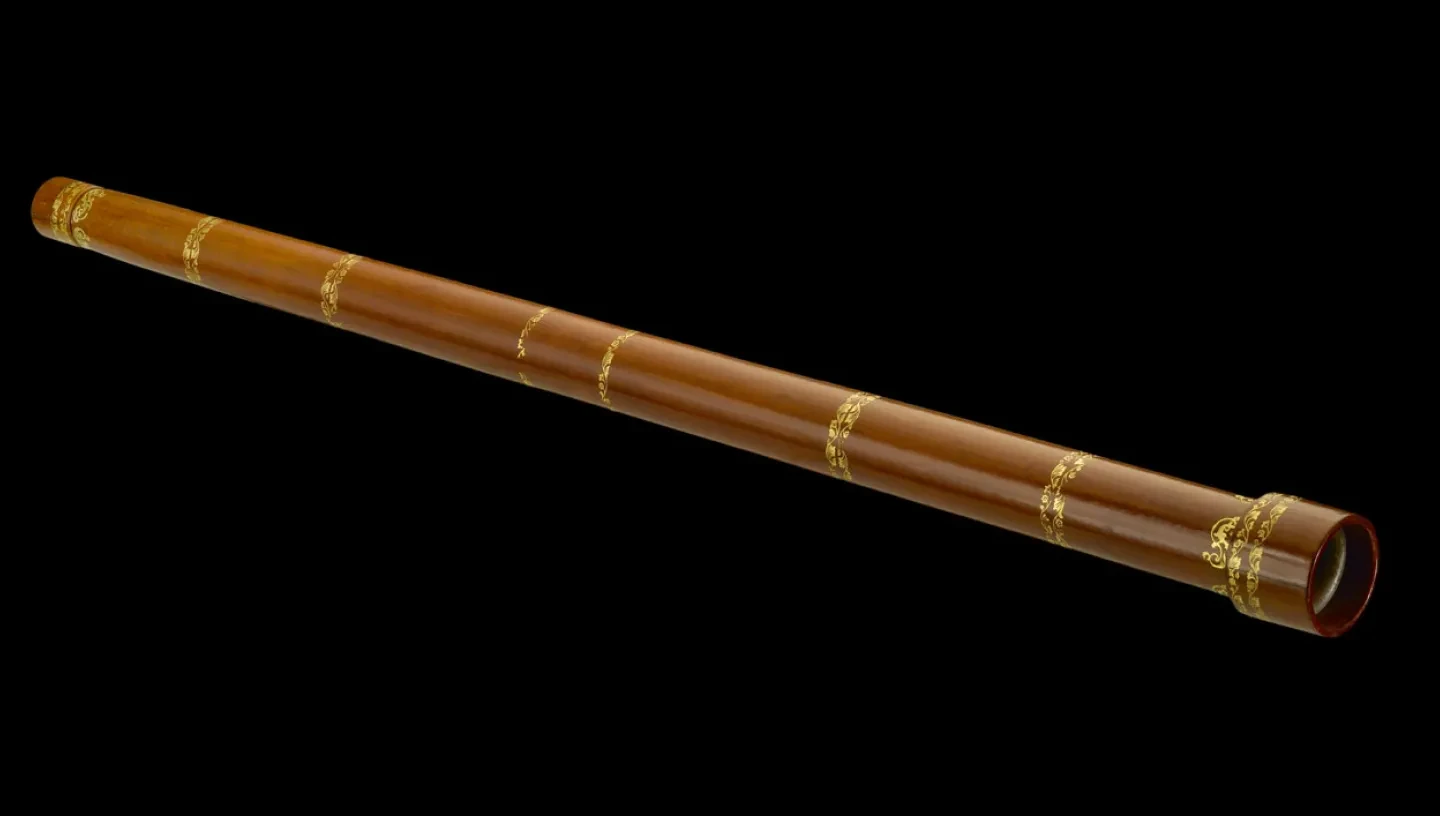
The telescope has evolved as a key scientific instrument that has changed our perceptions of the world.
The history of the telescope
The telescope is a simple device intended to enhance vision, making distant things appear closer. It is this that makes it so useful and versatile for use on land and at sea. Not only have many different types of telescope been made in the last four centuries, but telescopic enhancements have also been used on many other instruments and accessories.
Visit the Royal Observatory to see its diverse collection of telescope types and functions, including the telescope with which James Bradley discovered the aberration of light, telescopes for amateur and professional astronomers, and telescopes for everyday use on land and at sea.
The invention of the telescope
Historians are not absolutely sure who invented the telescope, but it is known that in 1608 a Dutch spectacle maker, Hans Lipperhey, announced a new lens-based seeing instrument that made distant objects appear much closer. This is the first evidence we have of the invention of the telescope, the first scientific instrument to extend one of the human senses.
The use of the telescope in astronomy
Since then, the telescope has evolved as a key scientific instrument that has changed our perception of the world and the universe around us. It was in astronomy, in particular, that the telescope had an enormous impact, starting with the discoveries of Galileo Galilei whose work began to change our understanding of the universe.
The work that Galileo began was continued by observatories such as the Royal Observatory at Greenwich in the centuries that followed. Telescopes naturally found a home in observatories throughout the world, though most telescopes have been made for everyday use at sea and on land.
Galileo's findings
After hearing about what Lipperhey had revealed in the Netherlands, Galileo made his own telescope.
Despite this, Galileo became known for his findings from his telescopic observations. These included:
- Jupiter's four moons
- That the Earth's moon was not spherical
- The terrain of the moon, and it's similarity in geological make up to Earth
- That sun was the centre of the universe and not the Earth, as people thought
Although Galileo became renowned for these discoveries, it was actually English astronomer Thomas Harriot who first drew the Moon from his telescope observations, on 26 July 1609.
Harriot's drawings were more cartographical than Galileo’s, marking out the difference in light and shade as a map of the Earth might mark out water and land.
Telescope in society
Telescopes were not just for the astronomers and scientists of the world however. They were popular tools to simply observe the Moon closer than had been possible before.
Sir William Lower wrote to Harriot after examining the Moon through his own telescope, which he referred to as his ‘cylinder’.
“in the full she appears like a tarte that my cooke made last weeke.”
Satirical images of the telescope
The prevalence of the telescope on land, at sea and in the study of the heavens made it a readily recognisable instrument, but also an easy object for satire.
In the 18th and 19th centuries in particular, many satirical images used the telescope to make fun of science and its practitioners, as well as of military and political figures and in commentaries on society and its problems.